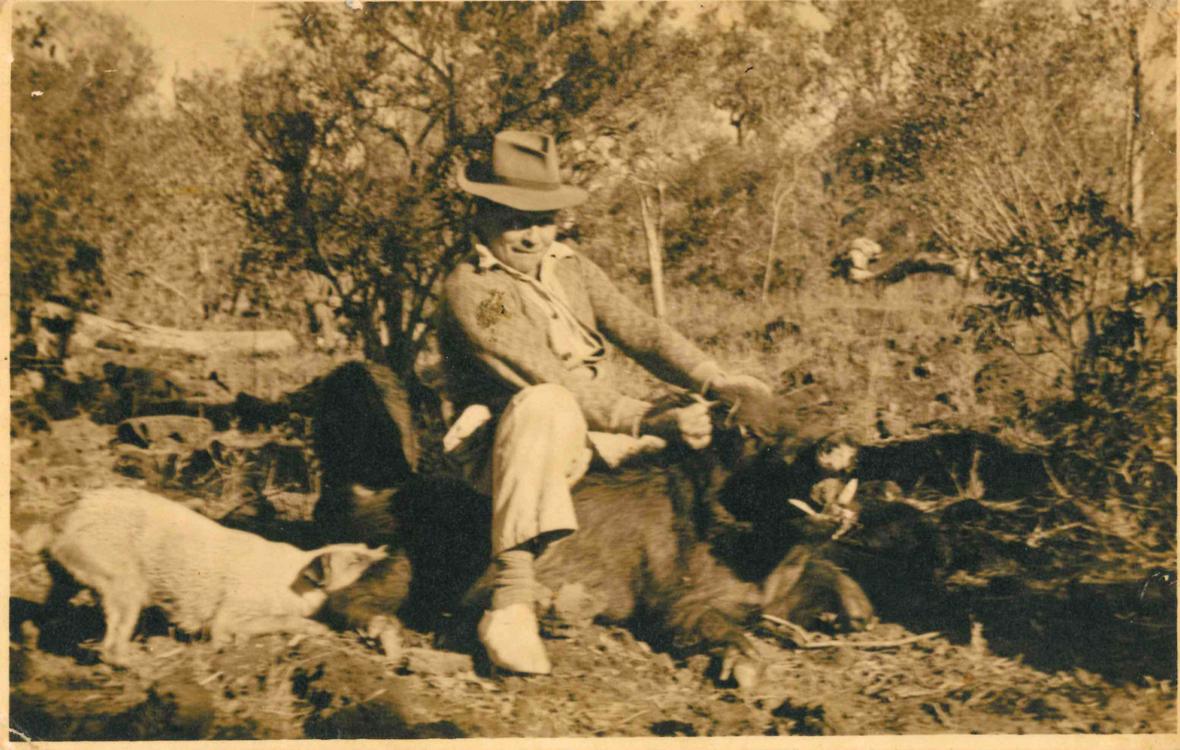
8 minute read
WA T C H L I S T E N
Jack Fraser had a chat with us as part of our project, The Gulf Savannah Story, collecting information about changes across the landscape.
Jack’s grandfather came from Scotland with his brother in the late 1800s, but they parted in Cloncurry Jack’s grandfather came to Croydon and was married there, but moved to the Gilbert River and then Georgetown, carting ore during the gold rush
Advertisement
Horses were used a lot more in those days, and the native rattlepod weed was a problem as it gave horses the deadly walkabout illness. Rattlepod would flare up some years more than others A friend of Jack’s father, who had been a doctor in the Second World War, prescribed a sulphur triad tablet to cure horses with the walkabout where no cure was previously known
In the early days, local Aboriginal people would often make a convenient meal out of newly- available cattle. While this caused some conflict with station managers, many of the early settlers were able to maintain good relationships with the locals eventually hiring them to work the cattle.

To get the best out of anyone, you needed to communicate well, show respect, and be good to people. "There were some very, very great Aboriginal stockmen in my day,” says Jack.
Aboriginal stockmen were often tasked with putting in fire when conditions were right throughout the year. Maintaining the land in this manner suited both traditional purposes and cattle: it remained easy to traverse, and hunting or mustering was far easier when grazing animals were attracted to the fresh shoots of grass that came in after the burn.
Changes came to the grazing industry in the 1960s and 70s Fences became common as the cost of production increased, which prevented a neighbour’s stock from feeding on your good pasture Improved water infrastructure came in around the same time, and today we notice far greater numbers of kangaroos, wallabies, pigs and even deer all a consequence of greater water access
Crocodiles have proliferated too Their eggs were collected as an Aboriginal staple, including by stockmen in their down time With the days of the crocodile hunter well behind us, larger crocs are far more common along the rivers of the Gulf
River conditions have changed too At the bridge, the Gilbert River has silted up about two metres over the last 50 years, as stocking rates along the river doubled Fishing holes have disappeared under the sand Fish need lagoons and billabongs to make it through the dry season; while some of these may be filling up with silt, fish might instead continue to find refuge in the artificial dams and watering holes built for cattle
Jack reckons the best cattle operators in the world are found in North-West Queensland He says they tend to be multi-generational families with the experience, or a diverse enough operation, to ride out the drought-and-flood cycle of the Gulf country But he cautions against cutting corners
Cattle are worth too much money to not be looked after correctly.
In fact, it might make good business sense to run fewer cattle of higher quality In the words of his mentor Lenny Foreman: “The slower we go, the faster we get there "
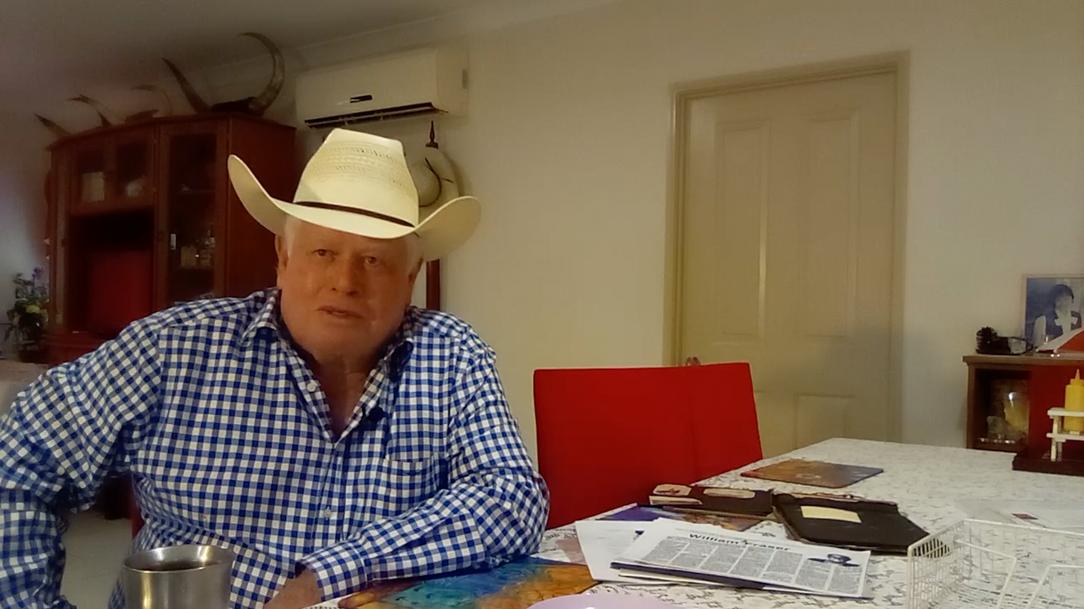
Shareyourstory
We’d love to interview you if you have old memories, or a keen eye for changes across the Gulf over the decades
Get in touch by calling the Gulf Savannah NRM office on 07 4092 1088 or email mitchell jeffrey@gulfsavannahnrm org
This project is funded by Queensland Government’s Natural Resources Recovery Program
Drought Resilience Of Our Cropping Soils

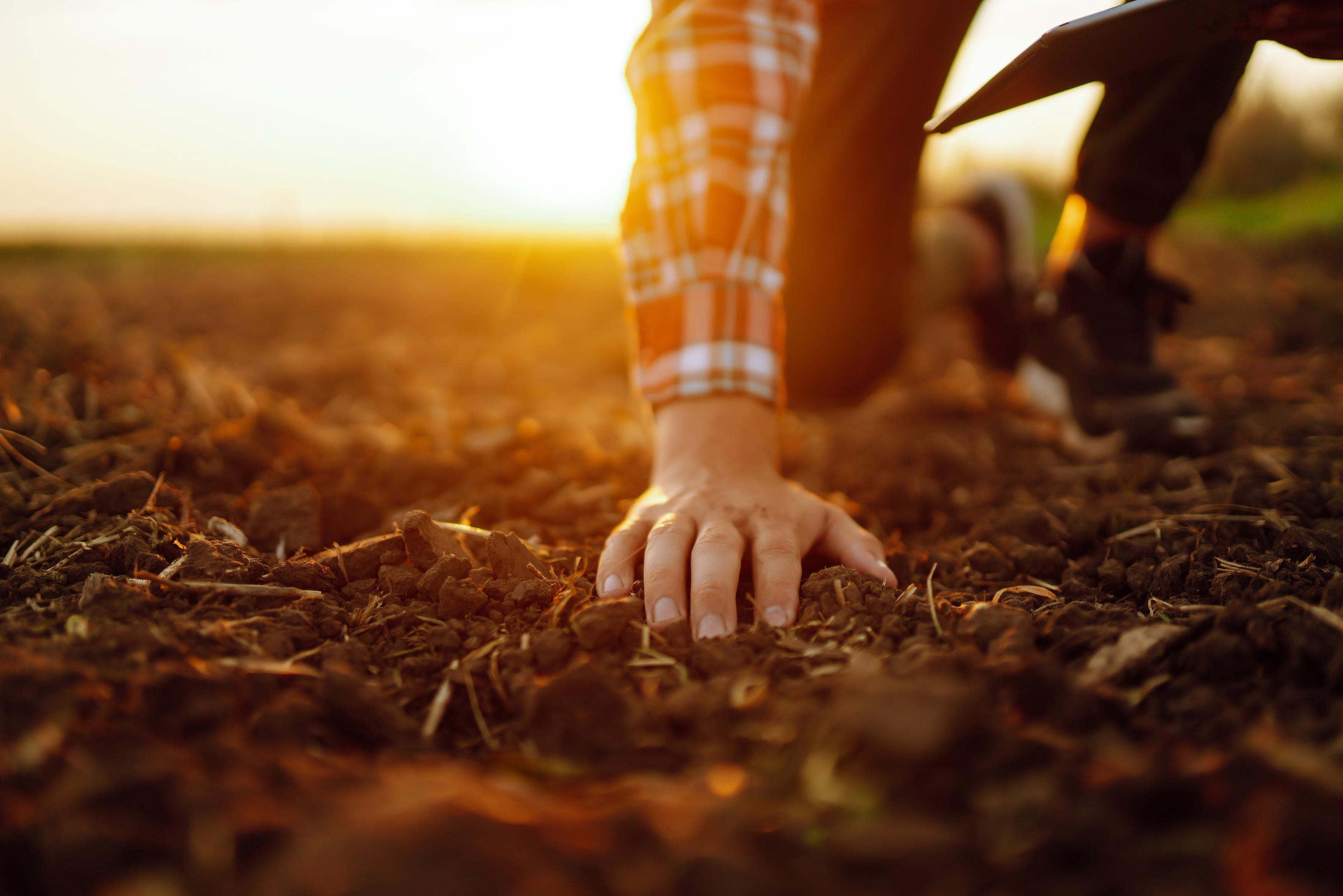
Last year at Gulf Savannah NRM’s Drought Resilience Forum in Dimbulah, Dr Paul Nelson (James Cook University) shared the latest research and evidence on how to improve the drought resilience of cropping soils. Here’s a summary of his valuable insights.
The drought resilience of cropping systems largely depends on the soil.
While soils vary naturally, they are also influenced by farming practices We can make our soils more resilient to drought by working to influence these three things:
Maximising infiltrationcapacity (minimising runoff)
Maximising plantavailablewater-holding capacity(minimising deep drainage and any factors limiting growth of healthy root systems)
Minimising evaporation
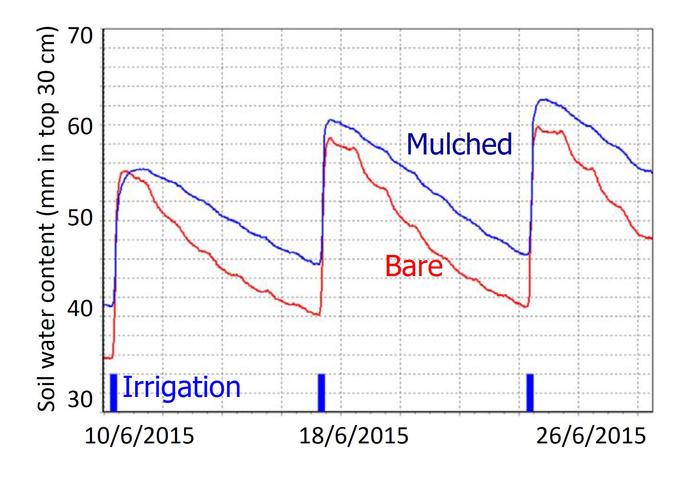
So how do we achieve this?
Infiltration depends on the amount and intensity of rainfall and irrigation It’s also influenced by the method of irrigation, the slope and surface roughness of the paddock While soil texture and structure have a big impact on infiltration, it also depends on what is covering the soil’s surface
Soils contain 'hydrophobic' or water-repelling organic materials from plants and fungi In dry sandy soils (like the sandy loams around Mareeba and Dimbulah), these coat the soil particles in the topsoil to such an extent that water cannot easily infiltrate
Plant available water-holding capacity of the soil depends on soil porosity and pore size distribution. “Porosity” is the ratio of pore volume to total soil volume, and soil pores enable the movement of air and water within the soil itself.
Evaporation depends on the cover over the soil surface, soil porosity, pore size distribution and soil wetness.
Maintaining soil cover is important for both infiltration and evaporation.
Rain falling on bare soil pulverises the soil surface, forming a seal. If the ground is covered in some way, the impact is absorbed and the soil structure is maintained Living plants or crop residues (mulch) give the best cover When it is not raining, such cover will reduce the amount of water moving up to the surface through capillary action, reducing the amount of water lost through evaporation (Figure 1)
Soil pores also have a big role to play in how soil retains water, and therefore is more resilient to drought
The amount, size and stability of pores determine how much water can infiltrate and be taken up and stored in soils. The size of pores is important, because large pores (macropores, diameter >30 µm) drain under the force of gravity, medium-size pores (mesopores, 0.3-30 µm diameter) hold water against gravity but the water can be extracted by plants, while the micropores (<0.3 µm diameter) are always full of water.
Farmers should aim to maximise the amount of macro- and meso-pores, as well as their resistance to collapse when they become wet
So how can these larger pores be created and maintained? We know that pore size distribution is determined largely by the size and nature of mineral particles that naturally occur in your soils, but it is also influenced by management
Cultivation creates pores however, the pores created by cultivation are not stable so can collapse when the soil gets wet
Careful cultivation has both positive and negative effects on soil porosity This is because cropping involves vehicles, which cause compaction (destruction of macropores) below the cultivated layer, especially if the pressure on the ground is high and the soil is moist Cultivation also damages the burrows of soil fauna, which are the other pore creators
Soil fauna (especially ants, termites, worms and beetles) create pores by burrowing and depositing the excavated soil on the surface.
In fact, they are often called ‘soil engineers’ for that. They can also stabilise the pores by coating pore walls with organic glues. They will happily appear, colonise the soil and provide that service if they are given the right conditions.
Encouraging soil fauna will create and stabilise pores. To do this, it is essential to create and maintain an environment in which they can thrive.
Encouraging root growth and adding organic matter will also create and stabilise pores in more direct ways Roots stabilise macropores and, when the roots die, they create continuous pores
The addition of organic matter feeds the microorganisms that stabilise pores especially fungi Fungi and plant roots create a ‘string bag’ effect, which bind soil particles and stabilise the pores between them This string bag is quite delicate and can be destroyed by cultivation
Bacteria and plant roots also create ‘glues’ that stabilise structure For every 1% increase in soil organic carbon content, plant-available water content is increased by 3mm per 100mm soil depth (Bagnall et al 2022)
Organic matter can be added or encouraged to accumulate, in several ways: as in-situ growth of crops, pasture or green manure, and by retaining plant resides in the paddock; by adding compost or mulch produced elsewhere; or by minimising decomposition rate through minimum cultivation
When organic matter is added to soil as plant residues, within a year about 60–80% is decomposed by soil organisms and lost to the atmosphere as carbon dioxide. Of the remainder, about 10–20% is biomass and 80–90% humus (Weil and Brady 2017). Although most of the added organic matter is lost quite quickly, it is still beneficial because it has fed all the soil fauna and microorganisms that keep the soil healthy.
Fourrulesfornurturingsoilfauna:
Feedthem:maximise plant growth and organic matter inputs
Don’tmanglethemortheirburrows: minimise cultivation
Don’tcrushtheirgalleriesandmake burrowingtoohardforthem:minimise compaction (i.e. use permanent beds, controlled traffic, minimal zonal tillage)
Don’tpoisonthem:minimise insecticides, nematicides and fungicides
So, by creating a system in which a) groundcover is maintained, b) organic matter inputs are maximised (preferably in-situ production), c) cultivation and traffic is minimised and controlled, d) input of pesticides to soil is minimised, and e) sodicity (sodium content) of the soil is minimised you can build drought resilience into your soils.
And as a bonus, this will be a system which will also improve all other aspects of soil quality or fertility improving the productivity of your farm.
References
Bagnall, D K , et al (2022) Carbon-sensitive pedotransfer functions for plant available water Soil Science Society of America Journal, 86, 612–629
Dickinson, G R , et al (2019) Nitrogen and carbon management in Australian mango orchards to improve productivity and reduce greenhouse gas emissions Acta Horticulturae, 1244
Weil, R R , and Brady, N C (2017) The Nature and Properties of Soils. 15th ed. Pearson Education.
Sarah Stevens is our sustainable agriculture project officer at Gulf Savannah NRM.
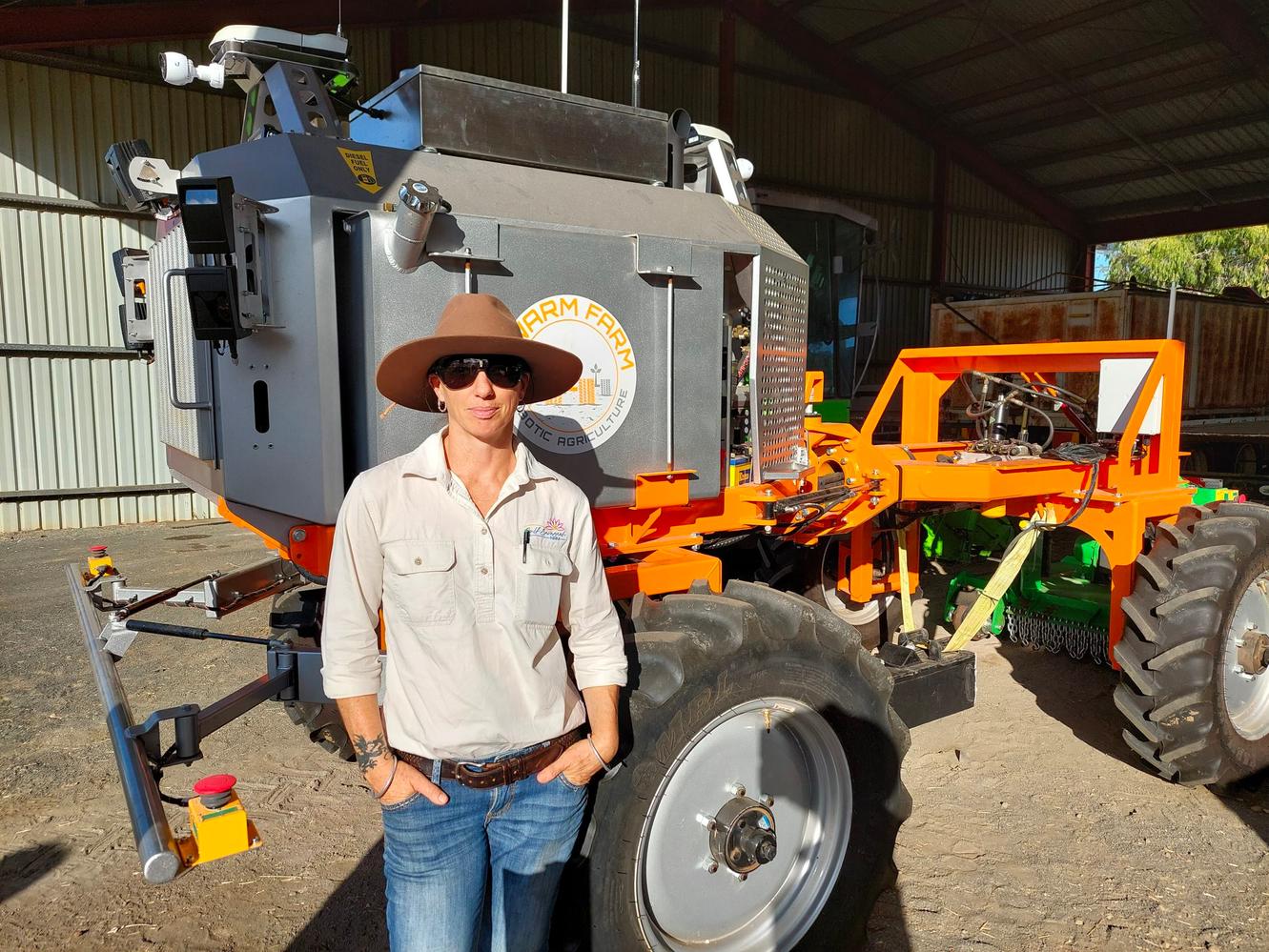
Tellusabitaboutwhereyoucomefrom.Born in Melbourne, I took off when I was 17 to live in Northern NSW for a decade. I moved to the family farm in western Victoria while I did my undergrad degree, then returned to Melbourne for another decade where among other things I worked as a mechanic and got my commercial pilot license before moving to the Flinders Ranges in South Australia.
The South Australian desert is an incredible place, I still miss it – I get desert cravings! It gets its hooks in you. I went there to start my flying career, as you do – you go out to the middle of nowhere to get your hours up. I started in Hawker in the Flinders Ranges, and then spent a year out at William Creek before going back to Wilpena Pound in the Flinders Ranges. I started flying casually for the SA Department for Environment and Water, which is how I got into NRM. There was a 10-week internally advertised backfill – I think I was the only applicant, so I got it even though I had no NRM experience. That was how I got my foot in the door, and I haven’t looked back!
WhatmadeyouwanttoworkwithGulf SavannahNRM?We decided we wanted to live in North Queensland, or Tasmania. I started applying for NRM jobs in both and this is just the one I got Now with hindsight, I am really glad it was!
Ifyouhadasuperpower,whatwoulditbe?My superpower would be to protect all the animals in the world from abuse and exploitation
Wheredidyougoonholidayasakid?On school holidays and long weekends, we camped in and explored every national park and state forest in Victoria They'd load us up in the family van and we’d take off somewhere to bushwalk or camp We were a big gaggle of cousins with a wild sense of adventure and no fear, and we just explored
Whatisyourfavouritemusic?
At the moment I’m listening to a lot of deep house and liquid drum and bass, and I like my trip hop










